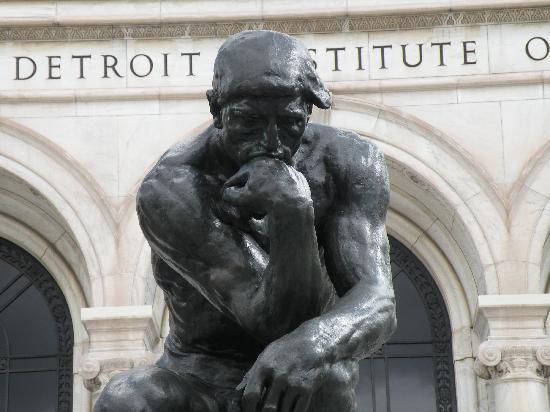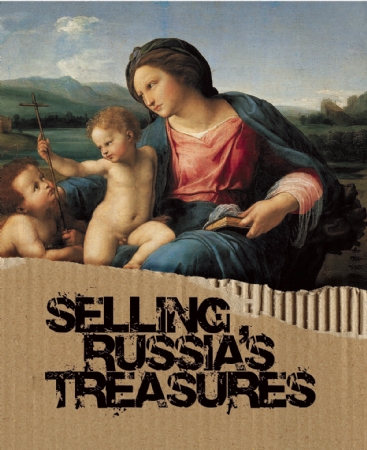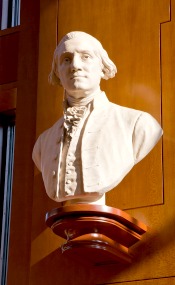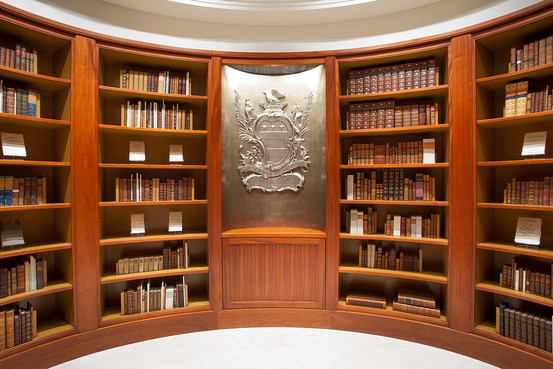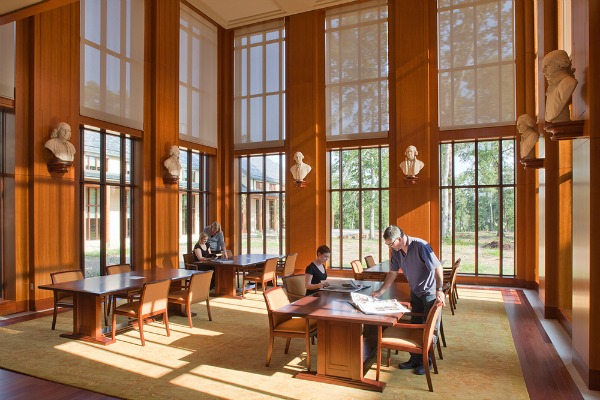“The Detroit Institute of Arts (DIA) is an active partner in the effort to develop a solution that will assist in the revitalization of the City of Detroit and safeguard the museum’s collection,” the museum said in a statement.
You can read the earlier news of the foundations’ plan to provide at least $330 million in a rescue of the DIA and the city’s pensioners here.
The DIA statement continued:
… The DIA has been working actively with U.S. Chief District Judge Gerald Rosen and attorney Eugene Driker, the appointed mediators in Detroit’s bankruptcy, to ensure the success of a fundraising effort that will ultimately provide protection for the DIA art collection and much-needed financial assistance for the City. The DIA’s long and strong relationship with national and local foundations has contributed to their willingness to provide the financial framework for this plan, and the museum has committed to providing both fundraising support and programming to the effort.
The DIA is engaged in developing the operational framework for this agreement and would like to commend all those involved on making significant progress in a very short time. Final details of the agreement are still in development and will be released by the mediators and the team when available.
The DIA encourages those who wish to support this effort financially to contribute to the Fund to Support Detroit‘s Retirees, Cultural Heritage and Revitalization by going to the Community Foundation for Southeast Michigan’s website at cfsem.org. Public support is welcome and deeply appreciated at this critical moment in the negotiations.

